Babay Mhamad | 48 to 67 | SAME STRUGGLE. THE SAME RIGHTS.
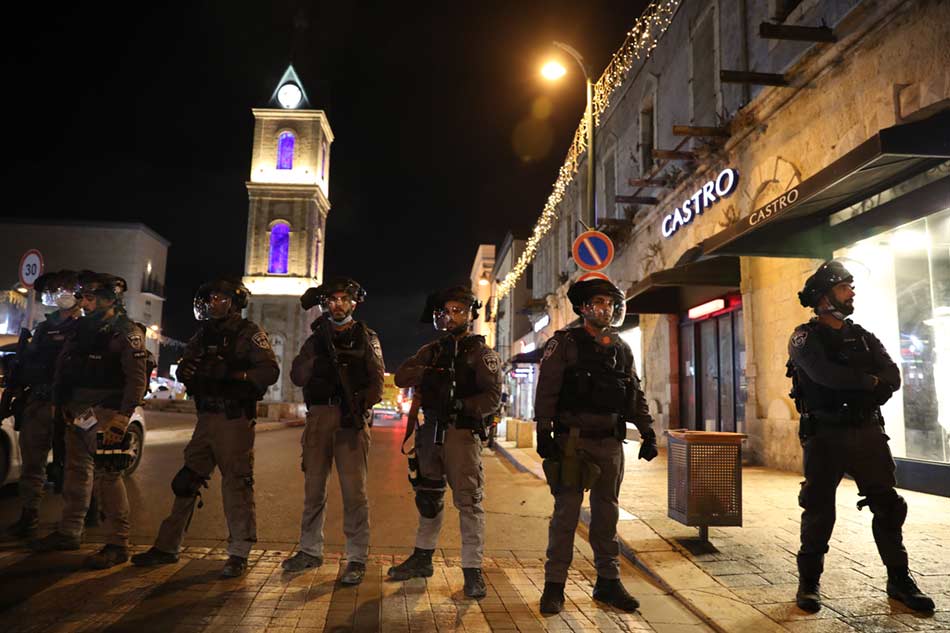
“Here I’m presenting two series about two different essential issues. The protests are related to each other by the main idea—a need for human rights and equal rights, in general, and for the Palestinian people.” – Mhamad Babay
Babay Mhamad
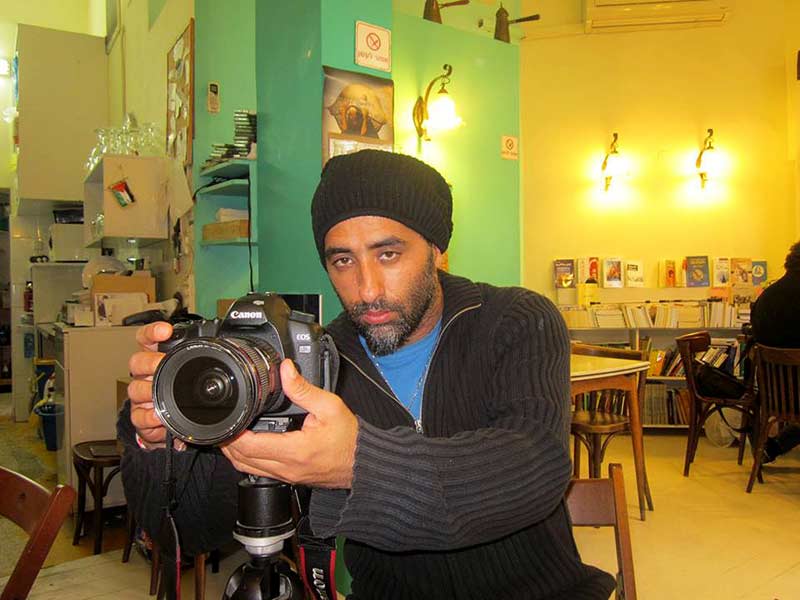
Babay Mhamad, Born in 1977 in Jaffa, C, Jabalia.
I started working as a freelance photojournalist in 2008, mostly in Jaffa and in the Occupied Territories.In fact, I have been the first Palestinian photojournalist in Jaffa since 1948.
In December 2009, I presented a photo exhibition in Jaffa as part of Tel Aviv and Jaffa’s centenary celebrations. The exhibition’s primary subject was about the people, ways of living in Jaffa and the changes the city is undergoing.
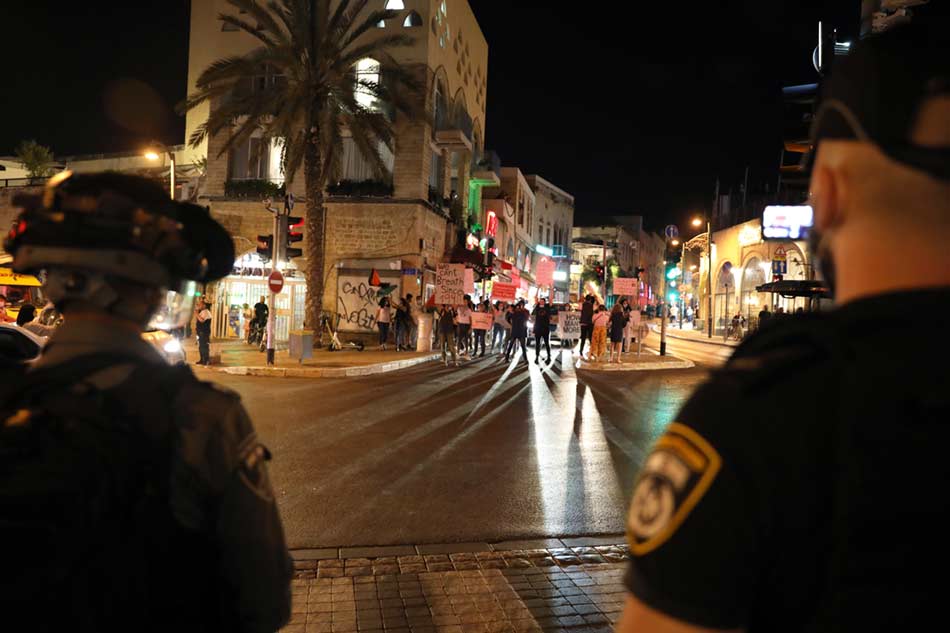
In an interview for the media, I expressed my opinion that Jaffa should be separated from Tel Aviv and return to the good old days, independent culturally and economically.
I refused to arrive in the centenary celebrations’ opening evening, as it is impossible to erase Jaffa’s existence hundreds of thousands of years. It was my way to protest.
After completion of the work as a photojournalist in 2014, I started to make films. Still, I continued to shoot stills as part of my resistance as a Palestinian for my people’s rights in Palestine.
I have always believed that a camera is a weapon that can be used for resistance. Fight for the rights of my people. Photos have their power and effect for generations.
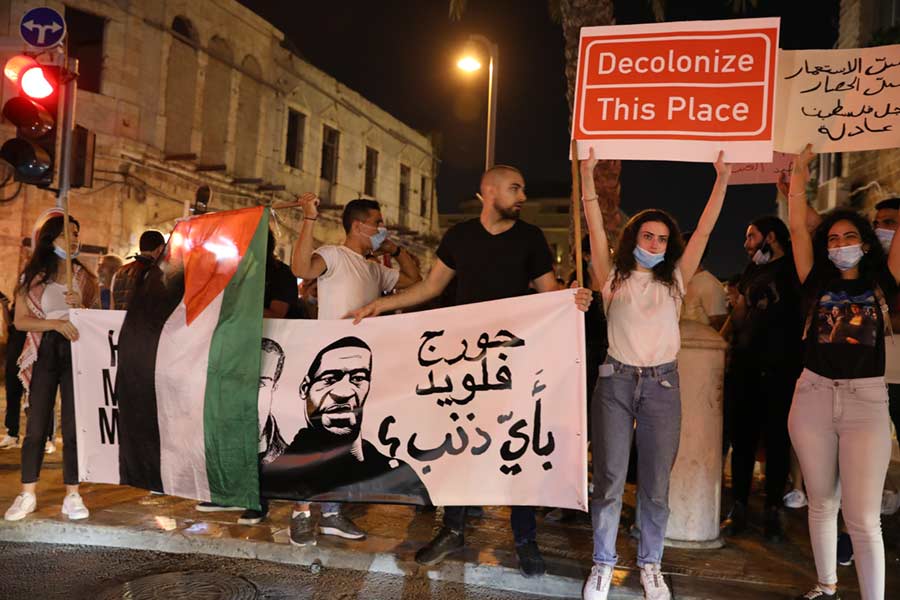
For the past two years, I have been involved in a documentary project on the arrest of Palestinian minors by the Israeli army.
At the same time, I took photos and documented the treatment of the Israeli Police to Palestinians in Jaffa, establish orders by the government without equal rights and discrimination. Here I’m presenting two series about two different essential issues. The protests are related to each other by the main idea—a need for human rights and equal rights, in general, and for the Palestinian people.”
PROTEST AGAINST THE MURDER OF PALESTINIAN
IYAD AL-HALAK IN JERUSALEM
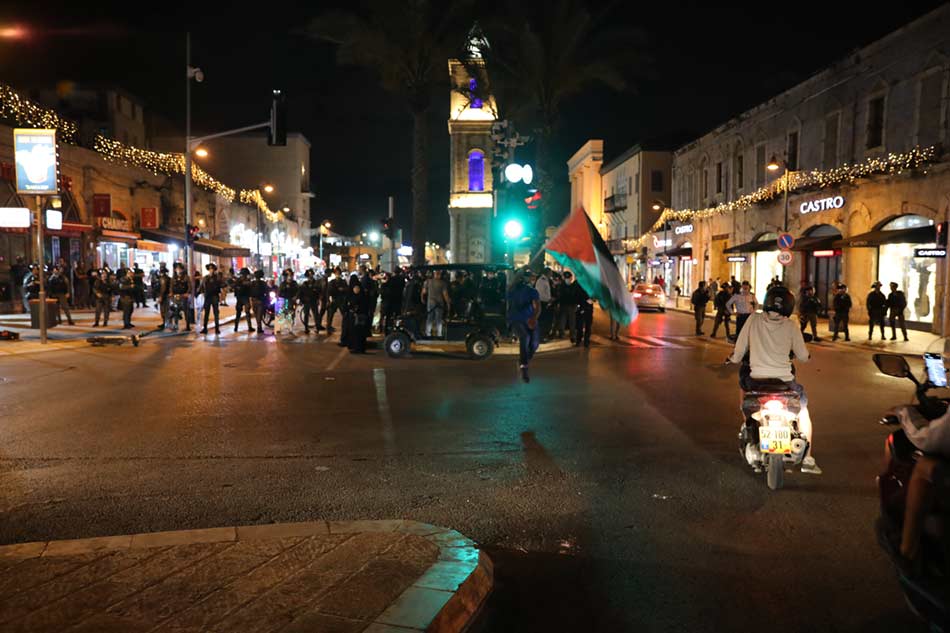
Iyad was an autistic young man murdered by Israeli police who suspected/assumed him to be armed.
Iyad al-Halak left his house at about six that morning. His family says he was in a good mood. Video from a security camera not far from his house shows him walking along, holding a garbage bag. He always took out the trash when he left home in the morning.
Halak was on his way to the care facility where he had been going every morning for the last six years. He entered the Old City of Jerusalem through the Lion’s Gate and proceeded along King Faisal Road, the start of the Via Dolorosa. He was headed for the Elwyn El-Quds center for people with special needs, a few hundred yards from the Lion’s Gate, near the entrance to the Al-Aqsa plaza.
Halak never reached his destination last Saturday. Israeli border police began chasing him, shouting: “Terrorist! terrorist!” The reason is unclear. They fired on him, evidently hitting him in the leg. Panicked, he ran into a garbage room alongside the road in an attempt to hide.
His counselor from the Elwyn center, Warda Abu Hadid, likewise on her way to the center, also tried to hide in the garbage room from the police and their gunfire.
Three border police officers quickly arrived at the doorway to the garbage room. Halak was lying on his back on the filthy floor. His counselor saw that his leg was bleeding.
Abu Hadid, his counselor, was yelling back at them, in both Arabic and Hebrew: “He is disabled! He is disabled!”
This went on for about five minutes until one of the police officers fired his M-16 towards Halak at close range. A bullet hit him near the waist and struck his spine, damaging various internal organs on the way – killing him on the spot.
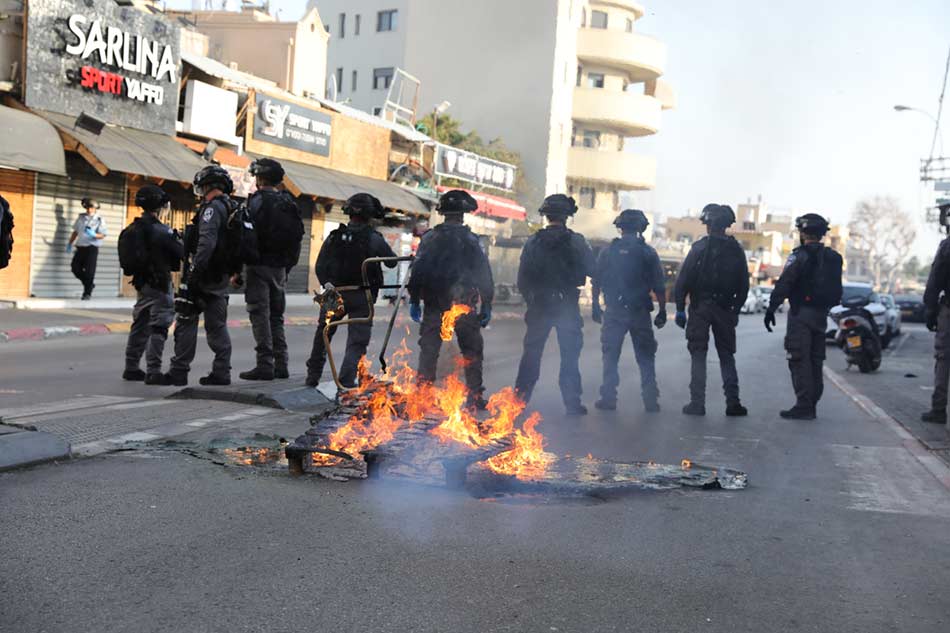
“Like every other Palestinian, he was quickly shot just because they saw him as a threat. This happened shortly after the murder of George Floyd, and the common opinion among Palestinians is that Black people in the united states get the same treatment. Palestinians identified with the pain of the colored society in the US.
The Protest organized by the Palestinian women’s movement called, “Talaat,” and took place in Jaffa and across the country in several locations. Raising Palestinian flags and signs “Palestinian life matter” with the portrait of Al Halak and Floyd’ BLM.” – Mhamad Babay
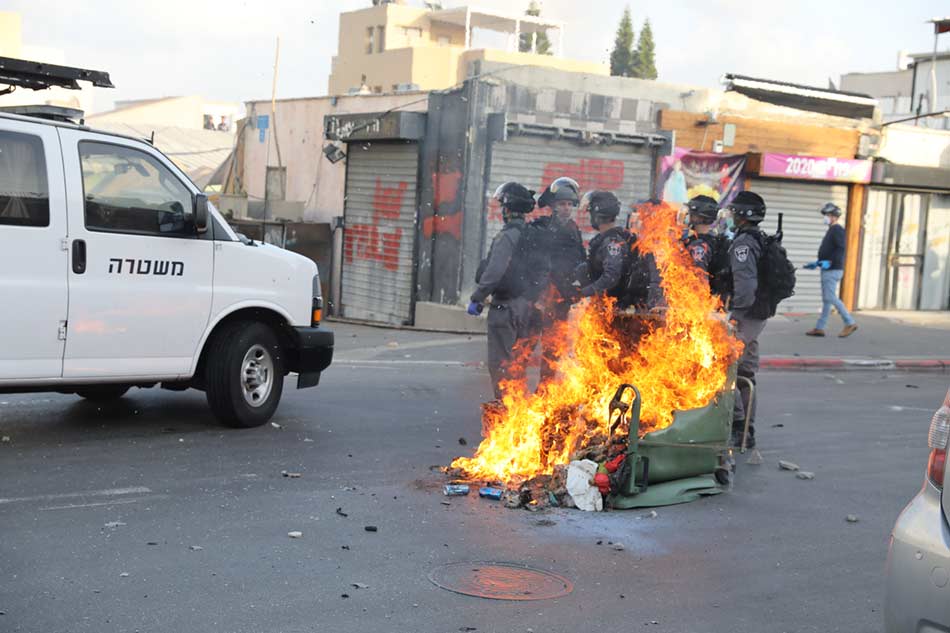
Jaffa’s Palestinians rebellion in discrimination, neglect, and police brutality for decades toward Palestinian women and young people. The murder of a Palestinian boy, Mahdi al-Saadi, by an Israeli police officer in July 2017 and desecration of ancient Yesha’a cemetery.
The main issue of the Protest was the desecration of an old cemetery “Al-Isaaf.” Al-Isaaf cemetery, built almost 200 years ago, holds the tombs of hundreds of Palestinians. Palestinian residents of Jaffa’s coastal town protested as part of a campaign against Israeli plans to raze a nearly 200-year-old Muslim cemetery to build a homeless shelter in its place.
Jaffa’s Islamic Council filed a legal case claiming that the Tel Aviv municipality – which has jurisdiction over Jaffa – did not have a valid permit to build over Al-Isaaf cemetery.
Palestinian citizens of Israel have long expressed their grievances over issues ranging from discrimination in employment, housing, infrastructure and policing, and pervasive racist rhetoric.
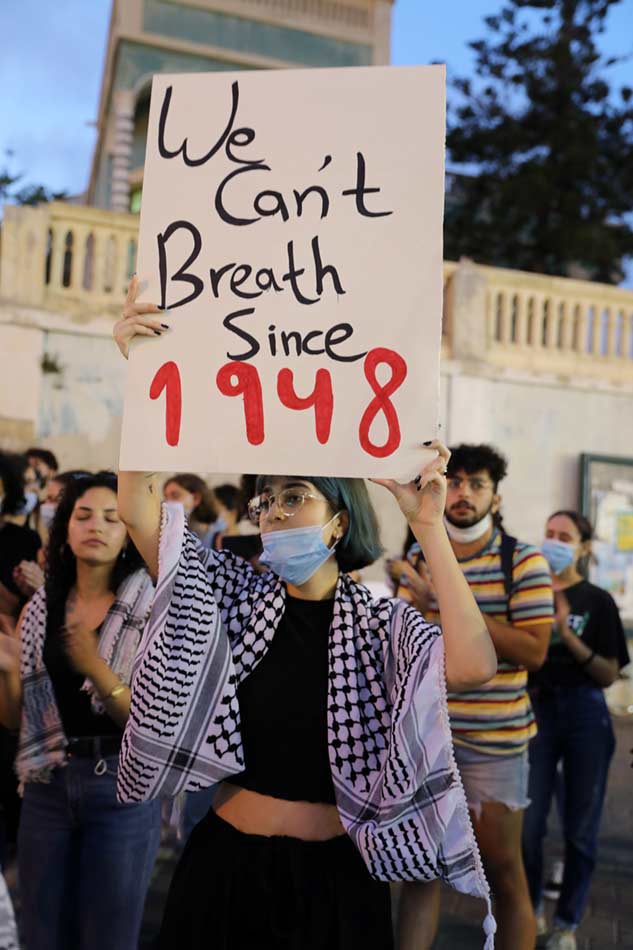
Israeli police attacked the protestors with the live-fire of rubber bullets, tear gas and shock grenades, one of which I was personally injured and needed medical treatment. The Israeli police and soldiers use excessive, institutionalized force against Palestinians for over 72 years, gradually radicalizing towards ethnic groups.


